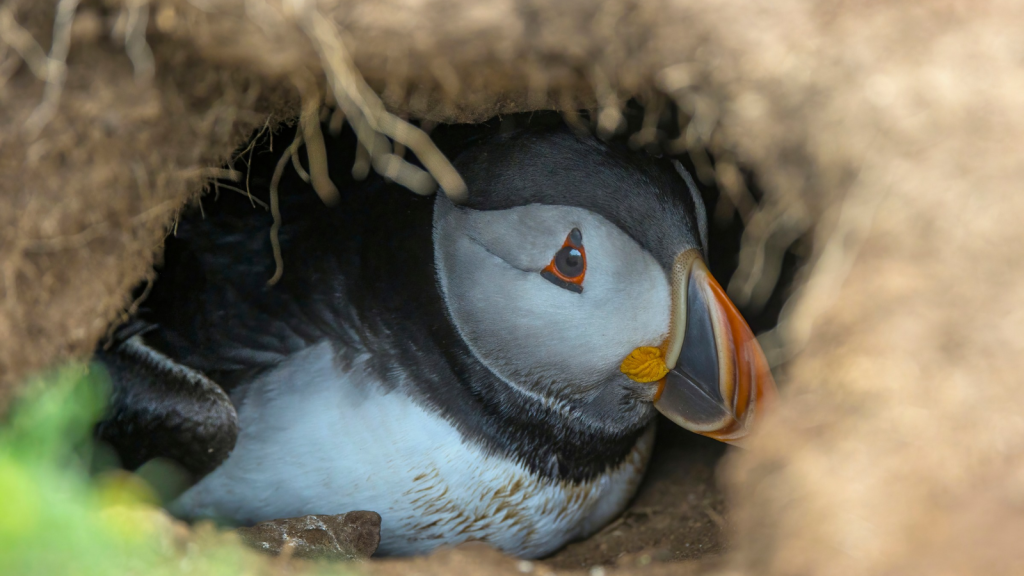In the wild, the ability to smell can mean the difference between a full belly and starvation. Many animals have evolved incredibly powerful noses to help them find food, avoid predators, and navigate their environments. These scent hunters use their noses in ways that might surprise you. From tiny insects to massive mammals, the animal kingdom is full of creatures that rely on smell to survive. Some can detect odors from miles away, while others can pick up scents that are weeks old. In comparison, human noses are really rather pathetic. Here’s a look at 15 amazing animals that use their sense of smell to hunt.
Bloodhounds
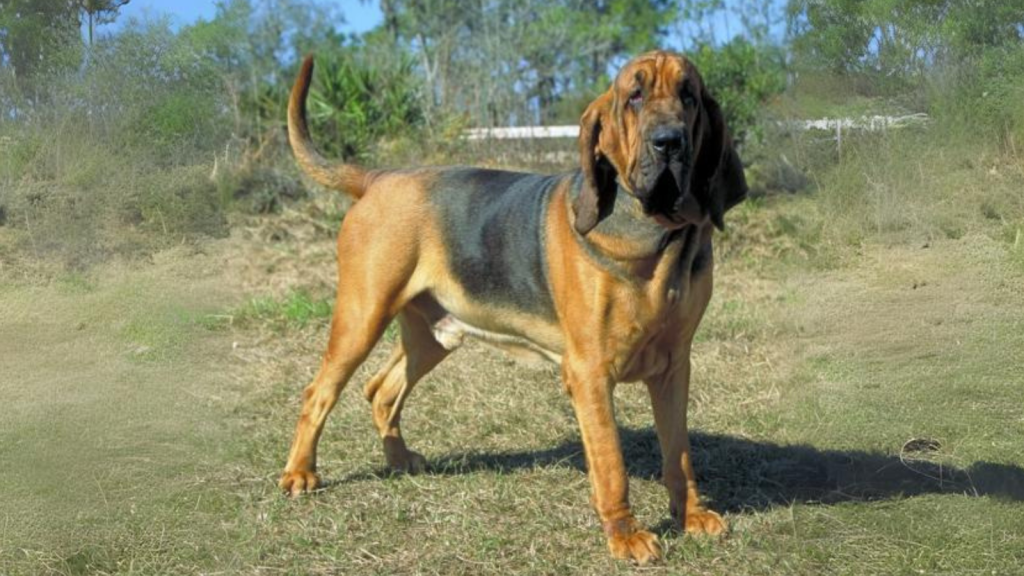
Bloodhounds are famous for their incredible sense of smell. Their long, droopy ears help waft scents towards their nose, while their wrinkly skin traps odors. A bloodhound’s nose has about 300 million scent receptors, compared to a human’s 5 million. These dogs can follow a scent trail that’s several days old and have even been used in court as evidence in criminal cases. Interestingly, bloodhounds can distinguish between scents even when they’re mixed with strong masking odors, making them invaluable in search and rescue operations.
Sharks
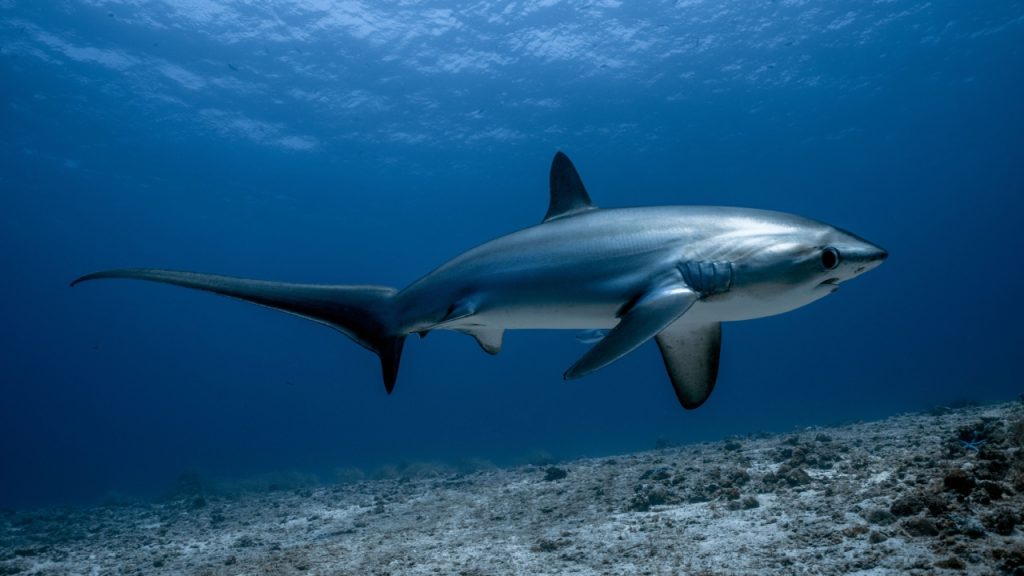
Sharks have nostrils that are used only for smelling, not for breathing. They can detect a single drop of blood in an Olympic-sized swimming pool. Some sharks, like the great white, can smell their prey from up to 3 miles away. This keen sense of smell helps them locate food in the vast ocean. Sharks also use their sense of smell to detect potential mates and avoid predators, showcasing the versatility of their olfactory abilities.
Bears

Bears have a sense of smell that’s seven times stronger than a bloodhound’s. They can smell food, cubs, a mate, or predators from up to 20 miles away. Polar bears have been observed tracking seals through 3 feet of ice. This powerful nose helps bears find food across large territories. Bears also use their acute sense of smell to navigate and create mental maps of their environment, remembering the locations of food sources for future reference.
Snakes
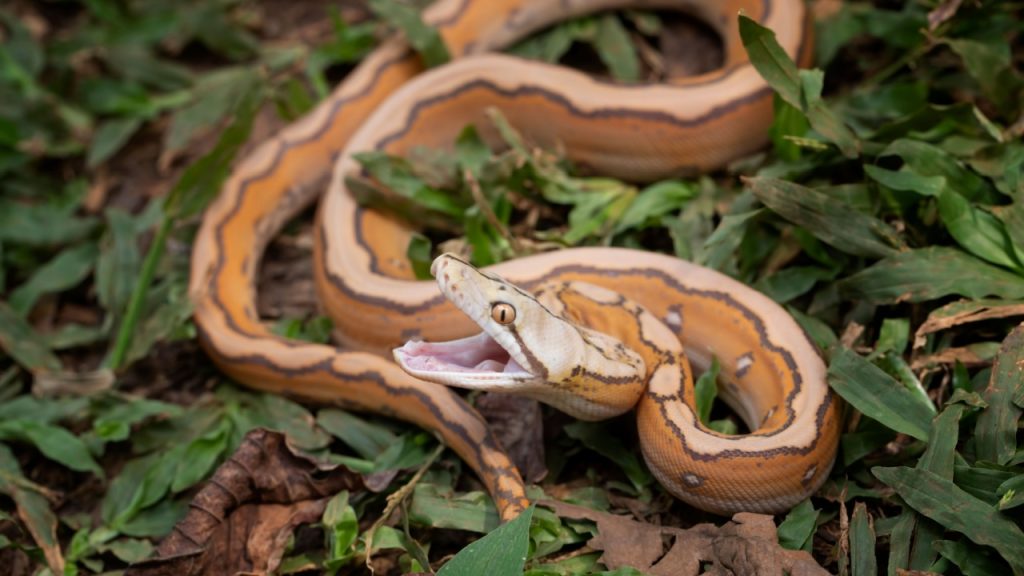
Snakes use their forked tongues to collect scent particles from the air. They then pass these particles to a special organ in the roof of their mouth called the Jacobson’s organ. This allows snakes to smell in stereo, helping them determine which direction a smell is coming from. Some snakes, like pythons, can even detect the body heat of their prey. The split in a snake’s tongue also helps it determine which side a scent is stronger on, allowing for precise directional tracking.
Vultures
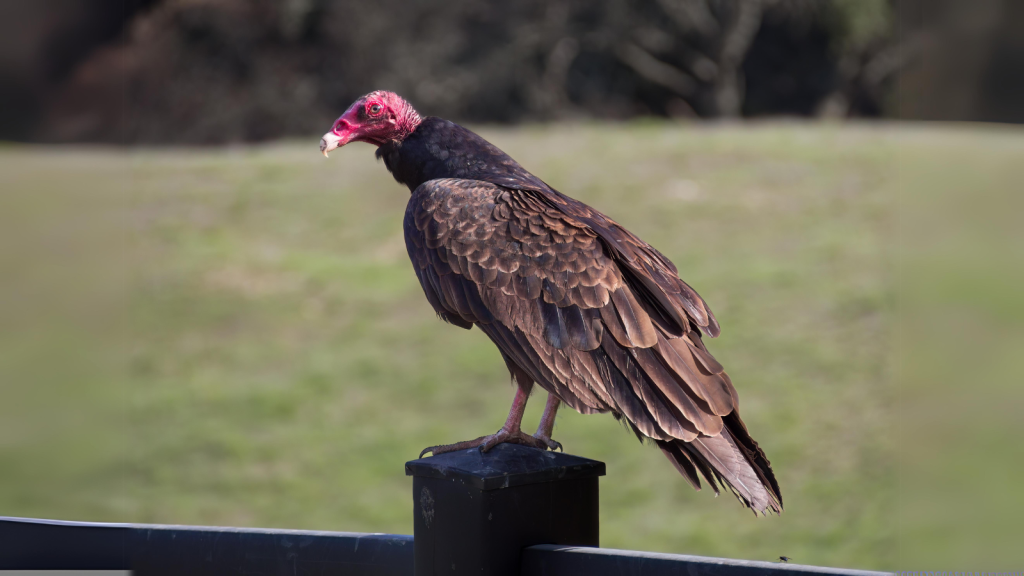
Vultures have an excellent sense of smell that allows them to detect the scent of decaying animals from great heights. Turkey vultures, in particular, have one of the most highly developed senses of smell among all birds. They can detect carrion from over a mile away, even through dense forest canopy. The turkey vulture’s ability to smell ethyl mercaptan, a gas produced by the beginnings of decay, has led to their use by humans in detecting leaks in natural gas lines.
Ant Lions
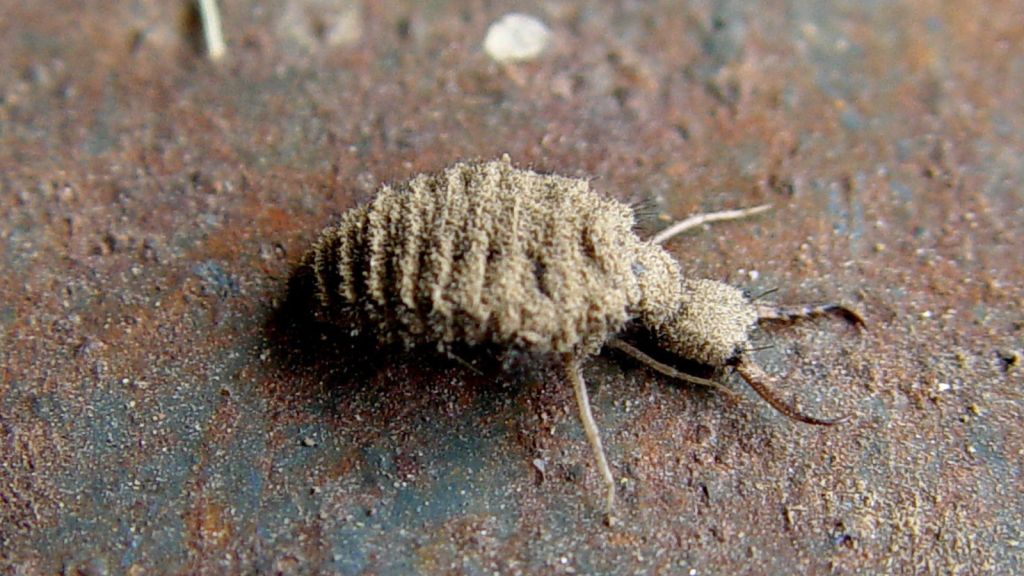
These small insects are masters of smell-based traps. Ant lion larvae dig cone-shaped pits in loose soil, then wait at the bottom. When an ant or other small insect falls in, the ant lion can smell it and throws sand to make the prey slide down. This clever use of scent helps these tiny predators catch their meals. Ant lions can also detect vibrations caused by approaching prey, complementing their sense of smell with a form of seismic sensing.
Moles
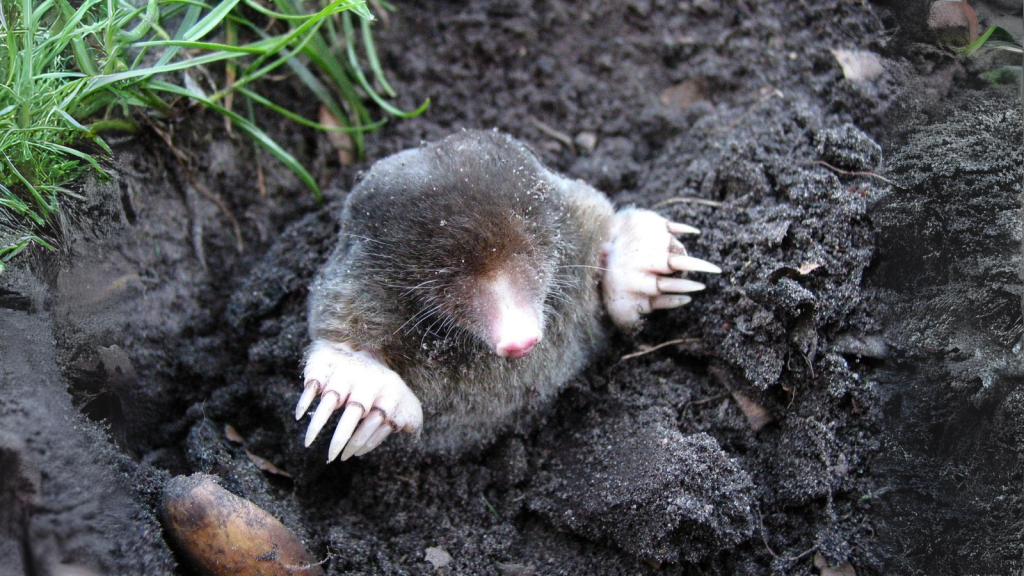
Moles spend most of their lives underground, where vision isn’t very useful. Instead, they rely on their sense of smell to navigate and find food. A mole’s nose has about 22,000 smell receptors and can detect earthworms from 15 feet away. Their nostrils are also specially adapted to prevent soil from entering as they dig. Moles have the additional ability to detect the earth’s magnetic field, which they use in conjunction with their sense of smell for orientation in their underground tunnels.
Komodo Dragons
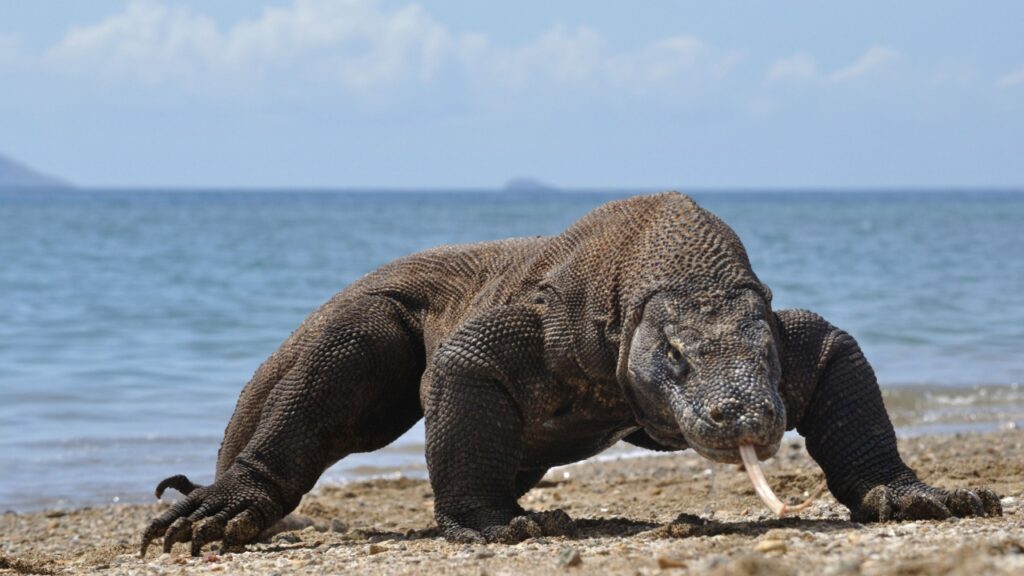
These large lizards have a remarkable sense of smell. They have a forked tongue like snakes, which they use to sample the air. Komodo dragons can smell carrion from up to 5 miles away. This keen sense helps them locate prey, which they then stalk and ambush. Their powerful sense of smell also allows them to locate buried prey and even follow the scent trails of other Komodo dragons, aiding in social interactions and mating behaviors.
African Wild Dogs
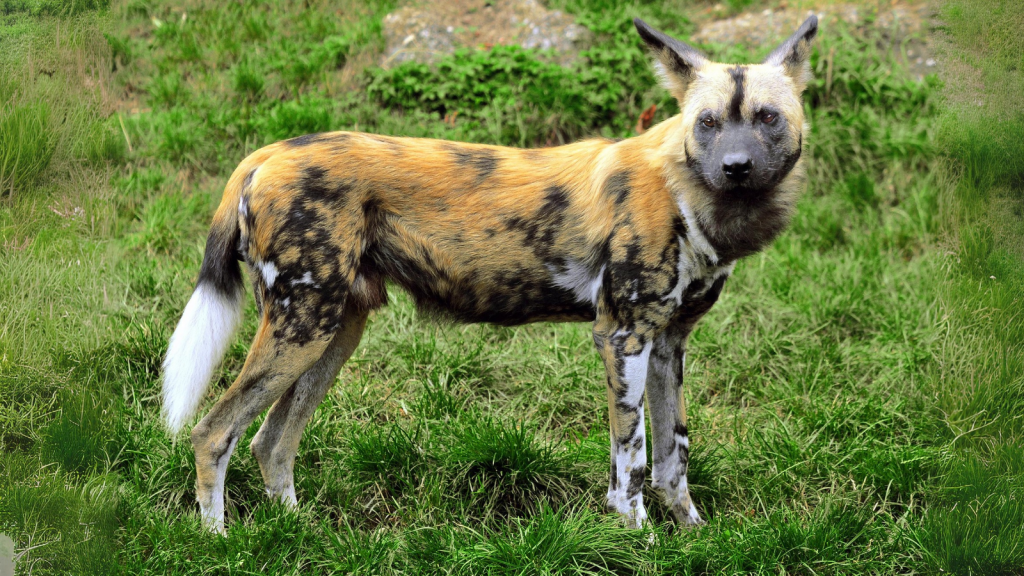
These social hunters use their excellent sense of smell to coordinate hunts. African wild dogs can smell prey from over a mile away. They use scent markers to communicate with other pack members during a hunt, allowing them to cover large areas efficiently. This teamwork, guided by smell, makes them one of Africa’s most successful predators. Their scent-based communication is so sophisticated that they can convey complex information about prey location, pack movements, and even emotional states through different types of scent marks.
Silvertip Grizzlies
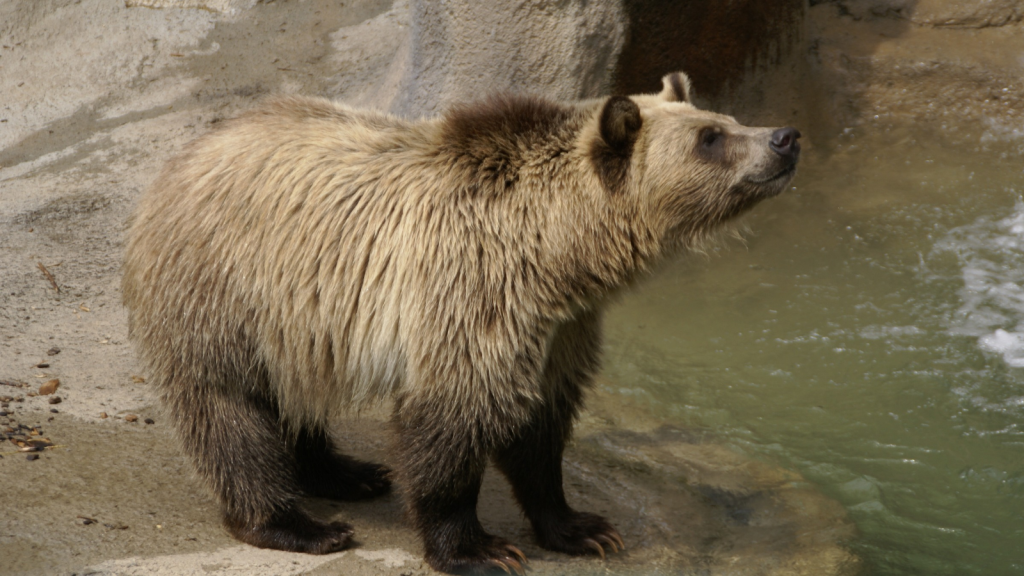
A subspecies of brown bear, silvertip grizzlies have an incredibly keen sense of smell. They can detect odors from up to 18 miles away and 3 feet underground. This powerful nose helps them find food in their mountainous habitats, where resources can be scarce. Silvertips use their smell to locate everything from berries to carrion. Their acute sense of smell also plays a crucial role in their social interactions, allowing them to identify other bears and determine their age, sex, and reproductive status from scent marks.
Star-Nosed Moles
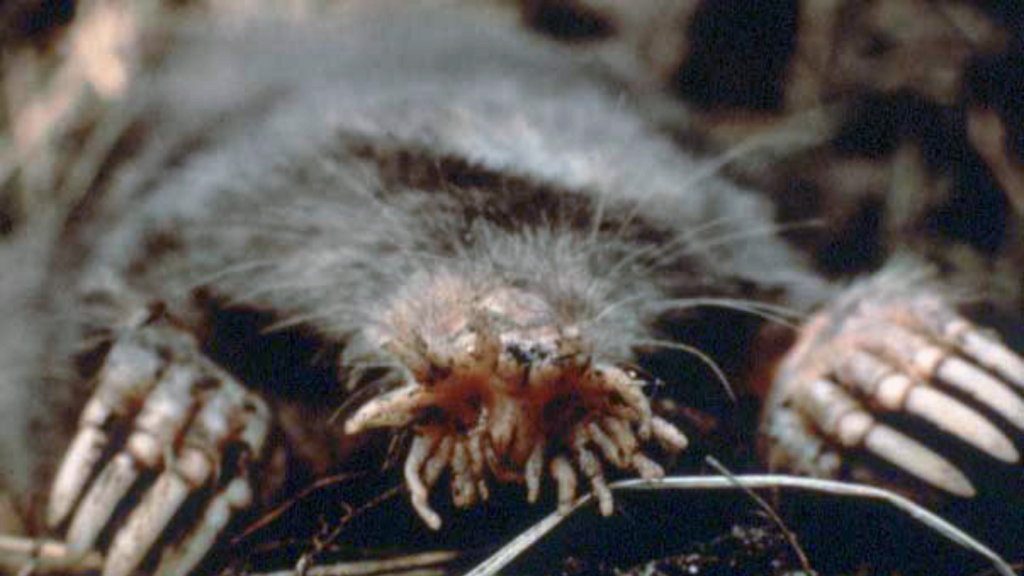
While these odd-looking creatures are known for their strange noses, they also have an excellent sense of smell. The star-like appendage on their snout is packed with touch receptors, but it also helps direct scents to their nostrils. Star-nosed moles can smell underwater by blowing air bubbles and then re-inhaling them, a unique hunting technique. This extraordinary combination of touch and smell allows star-nosed moles to identify and capture prey in as little as 120 milliseconds, making them one of the fastest foragers in the animal kingdom.
Leopards
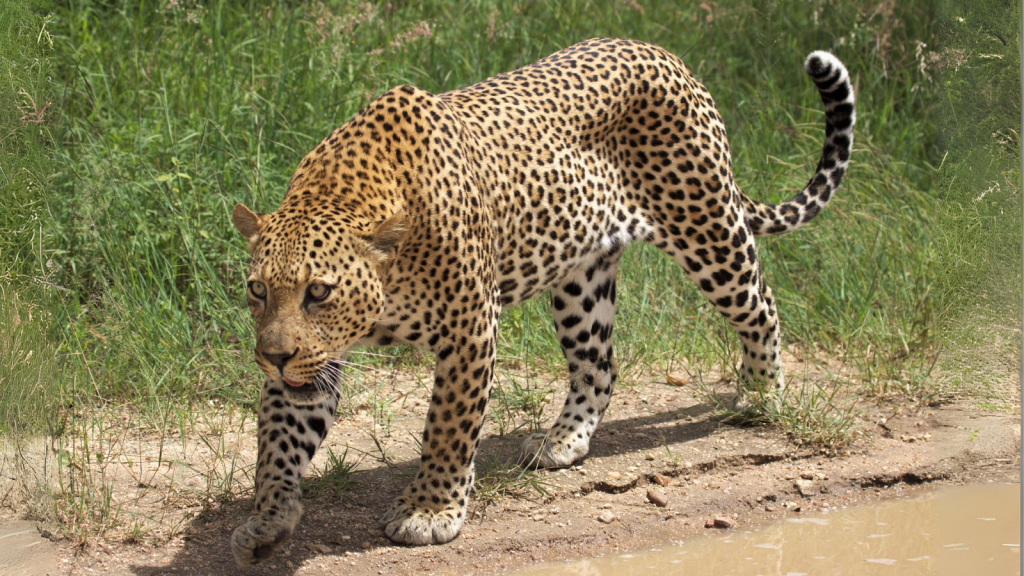
These big cats have a strong sense of smell that aids in their stealthy hunting. Leopards can detect prey from over half a mile away. They also use scent to mark their territory and find mates. Their sense of smell is so good that they can tell if another leopard is male or female, healthy or sick, just from its scent marks. Leopards also use their keen sense of smell to avoid areas where larger predators, like lions or tigers, have recently been, helping them navigate complex predator-prey relationships in their ecosystems.
Puffins
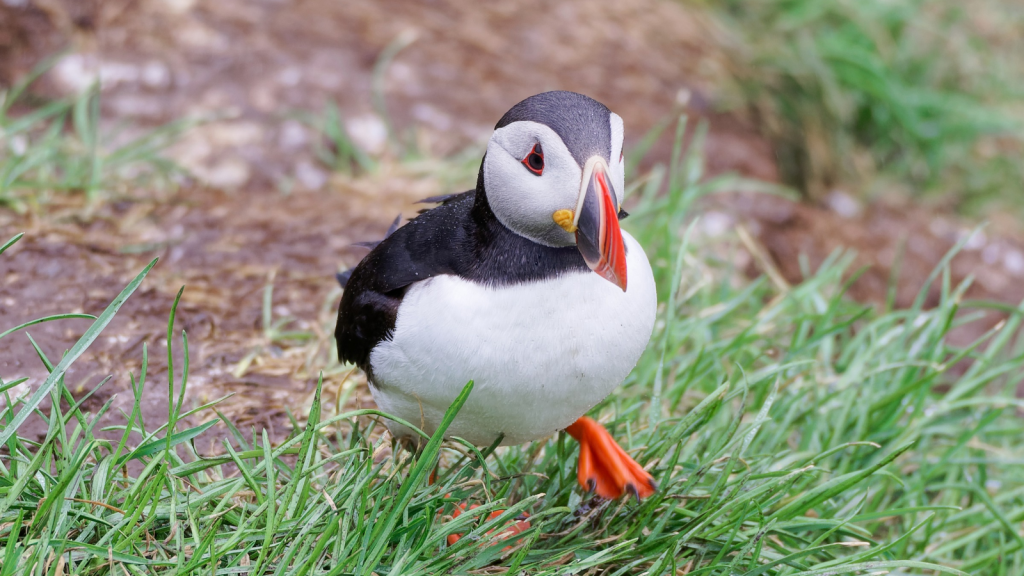
While birds generally aren’t known for their sense of smell, puffins are an exception. These seabirds can smell their way home, detecting the scent of their breeding colonies from far out at sea. They also use smell to locate schools of fish underwater, diving to catch their prey. Puffins can detect a chemical called dimethyl sulfide, which is released when plankton is eaten by fish, allowing them to efficiently locate areas of high fish concentration in the vast ocean.
Racoons
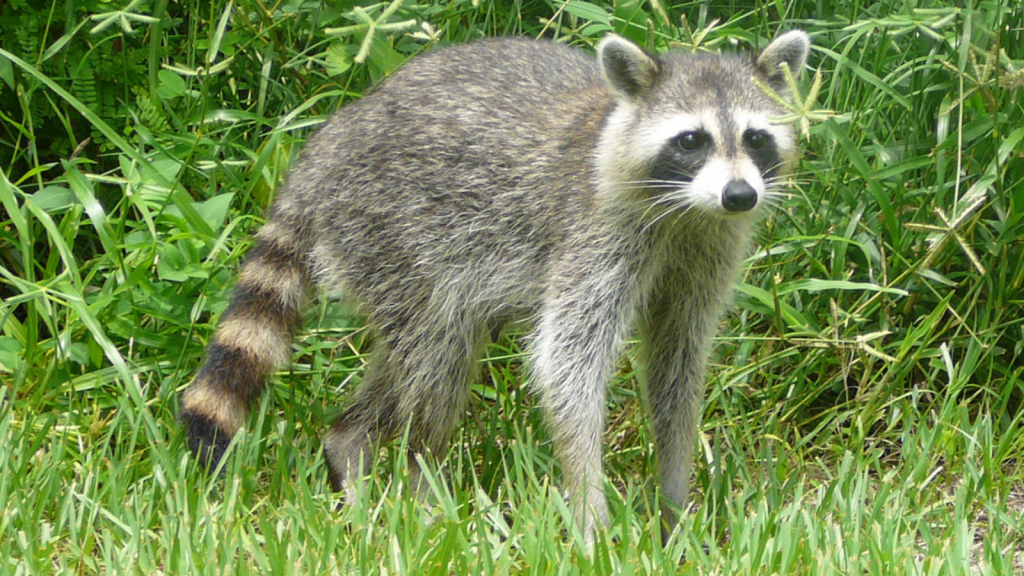
Often seen as urban scavengers, raccoons actually have a highly developed sense of smell. They can remember food sources by scent for long periods. Raccoons also have sensitive front paws that they often moisten to enhance their sense of touch. This combination of smell and touch makes them excellent foragers in both wild and urban environments. Their ability to remember scents allows raccoons to create complex mental maps of their territory, including the locations of food sources, water, and potential den sites.
Opossums
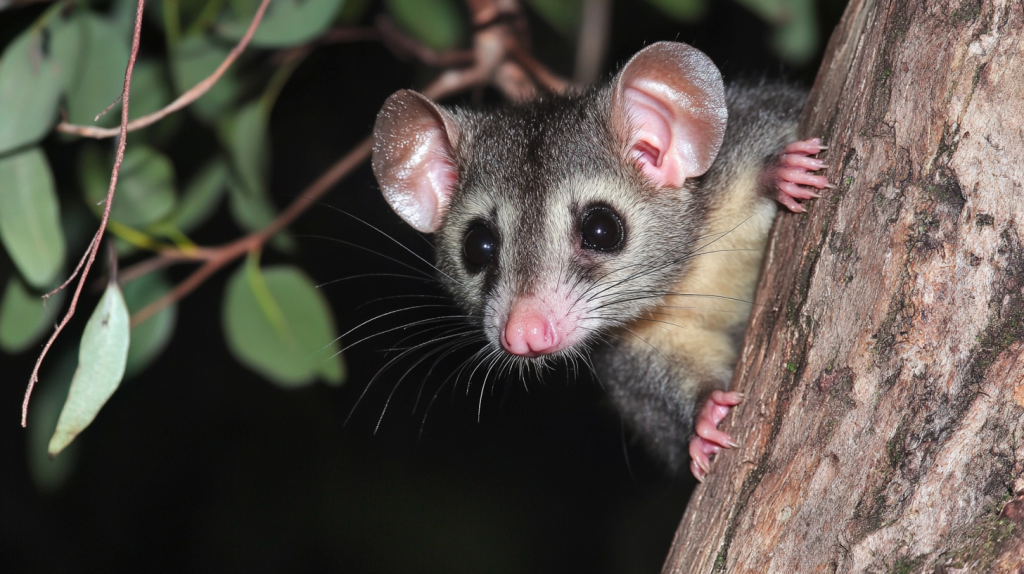
North America’s only marsupial, the opossum has a keen nose that helps it survive. They can smell food from great distances and use this ability to find carrion, insects, and plants to eat. Opossums also use their sense of smell to detect predators, helping them avoid danger in their nocturnal wanderings. Their strong sense of smell even allows them to detect the presence of certain diseases in other animals, which they often avoid, contributing to their reputation for being surprisingly resistant to many diseases.

